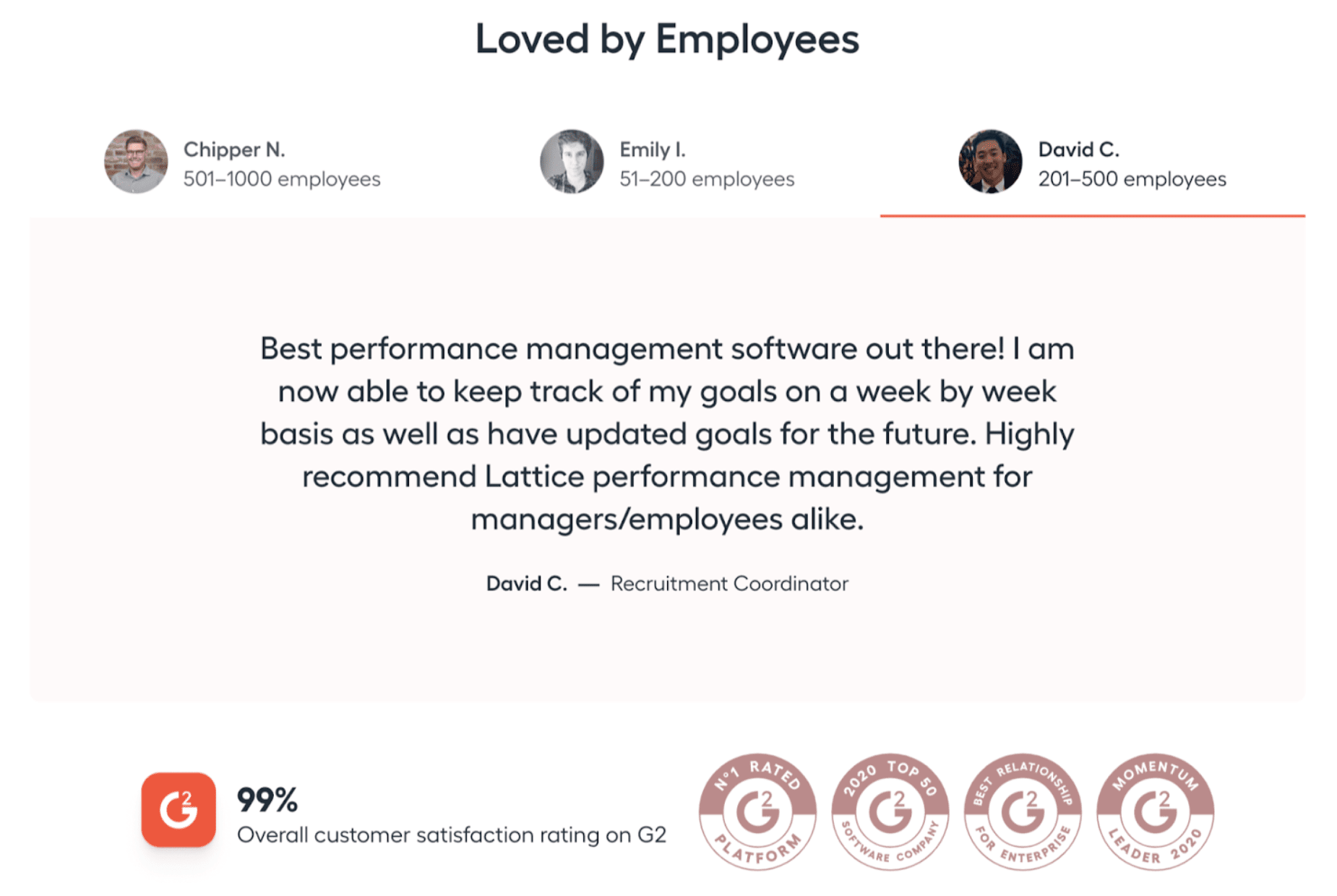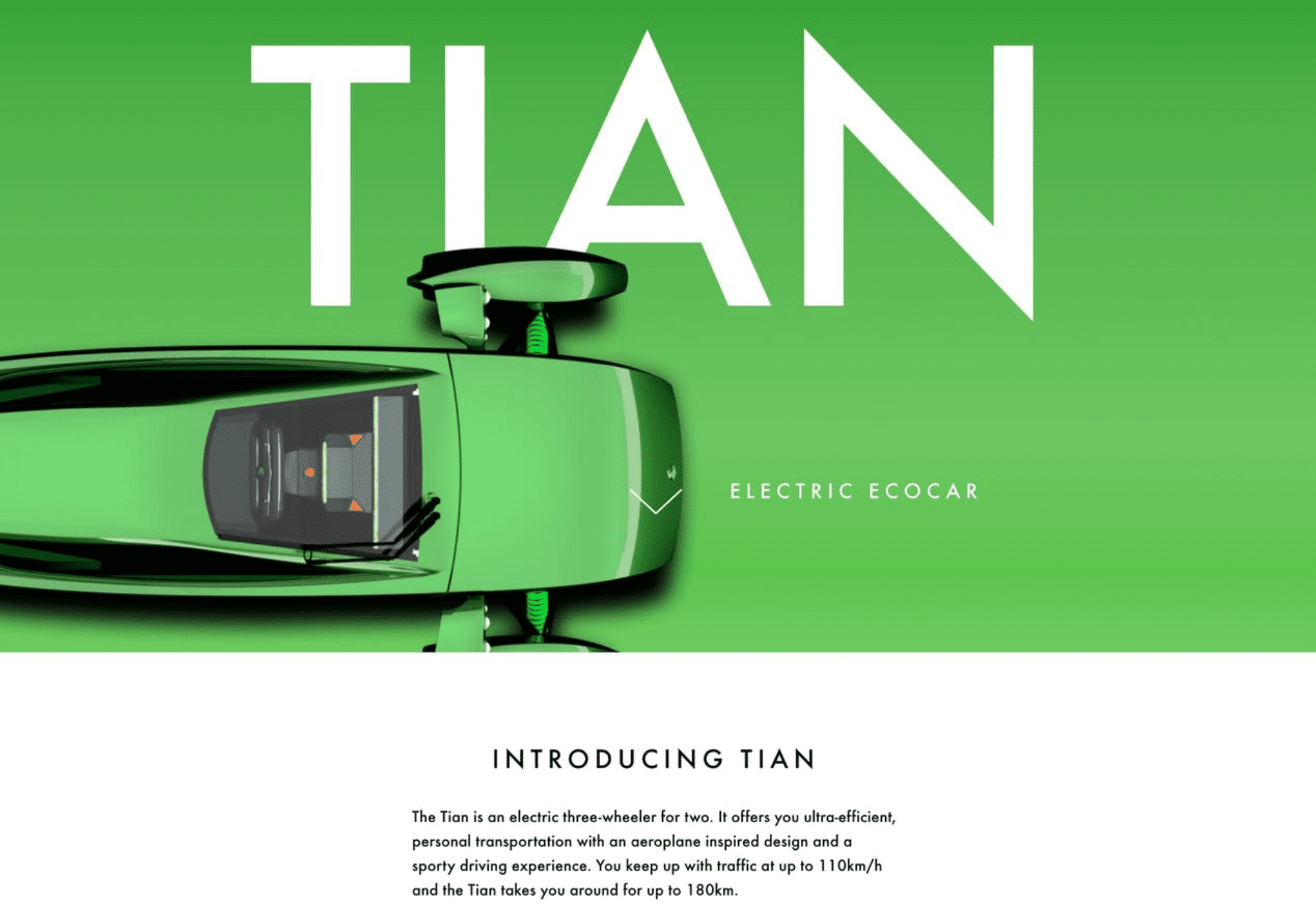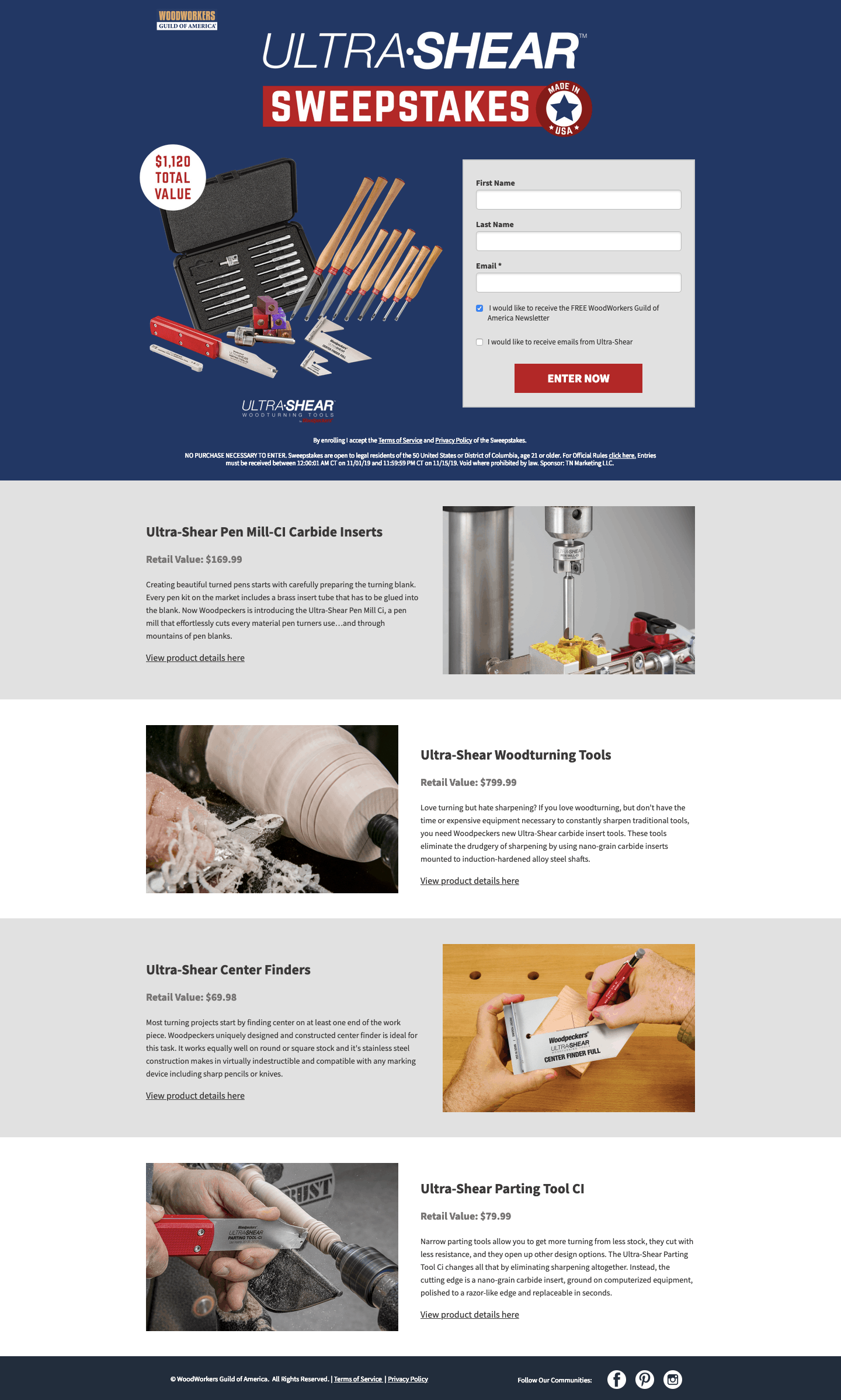It’s easy to fall into the trap of marketing to a single audience. But your customer base includes groups with different traits and experiences—and different needs. When you identify who and what they are, you’ll be able to better personalize your marketing strategy.
This process is called segmentation, and you can use it to split your audience in many ways. For example, you could use demographic segmentation to target groups based on traits like age and location. Or, you could break them up by their personalities and other psychological traits using psychographic segmentation.
While demographic and psychographic segmentation divide audiences by who they are, there’s another type of segmentation that breaks them up by what they do. Let’s talk about behavioral segmentation and how it can help you personalize your landing pages for more conversions.
What Is Behavioral Segmentation and Why Should You Use It?
Behavioral segmentation is the practice of organizing your audience into categories based on their behavior with your brand.
In a Marketing Week survey, 44% of marketers said they use behavioral segmentation more frequently than other types of segmentation. And a whopping 91% considered it the most effective kind of segmentation.
Why? Unlike other common segmentation techniques, behavioral segmentation is directly related to your brand. This hyper-focus lets you speak to your audience more effectively based on their relationship with your product or service.
What Behavioral Data Can You Use in Segmentation?
You can look at all sorts of brand interactions in your behavioral segmentation. Here are three data points you can use to target your next landing page.
Purchase behavior
A person’s buying habits impact the type of marketing it’ll take to convince them to purchase your product. You can divide buying behavior into four categories:
- Complex: Customers looking to research and buy a long-term investment item. They invest a lot of time in their purchase and see a lot of differences between brands.
- Dissonance-reducing: Customers who worry about making the wrong purchase. They want to reduce the dissonance that happens when they purchase something that turns out to be a bad fit. They feel invested in buying but don’t differentiate between brands much.
- Habitual: Customers who buy an item as part of their habit. The buying process or the brand they use don’t factor into this habit—just the product they need. So, customers who practice habitual buying behavior don’t put much thought into their purchases.
- Variety-seeking: Customers who want to switch up the product they use. They don’t feel super involved in the buying process, but they care about the brand they get.
When you know which group your target customer falls into, you’ll be prepared to tailor your landing page content to their values. For example, if you work with customers who want to make a long-term purchase or worry if what they’re purchasing is right for them, you could add more social proof to your landing page to gain their trust. Social proof shows that other customers approve of your product, putting highly involved buyers at ease.
Look how the performance management software Lattice uses many types of social proof on their landing page to address customers’ worries:

It shows off three testimonials from customers who come from companies of different sizes, then shares its 99% rating on G2. Now visitors know that customers with different backgrounds all enjoy Lattice.
Benefits sought
Your customers look for different sets of advantages to your product. When you segment your audience by preferred benefits, you can tailor your landing pages according to the perks that matter most to each group.
Let’s say you sell stationery. You could segment your customers into two groups: those who prefer reliability and those who like aesthetics. Then, you’d market your highest-quality paper to the first group and your prettiest journals to the second.
You can often sell the same product while focusing on different benefits. Let’s look at the Tian ecocar, a product that you could market to two segments in different ways based on benefits:

Tian’s landing page focuses on two sets of benefits: eco-friendliness and performance. It has the name “ecocar,” but its first value prop focuses on its sportiness and speed. If you were the marketer for Tian, you could create landing page variants that focus on each set of benefits individually.
Brand loyalty
According to HubSpot, 90% of satisfied customers will buy from the same brand again. Yet, not every company tries to organize their customers by their level of loyalty. As a result, visitors who already know and love a product get marketing that acts like they don’t.
You can avoid this mistake by segmenting your customers by their level of brand loyalty. Some businesses measure a customer’s loyalty by their net promoter score—their likelihood of recommending the brand to a friend. If you don’t have a net promoter score system set up, you could also track it with a metric like their number of purchases.
Once you have your customer loyalty segments, how can you market to them differently? As the Woodworkers Guild of America shows, contests can bring loyal customers back in:

The Woodworkers Guild of America targeted this landing page at existing members to keep them engaged with their mailing lists and brand. It doesn’t try to explain what the guild is because the target audience already knows.
Make Reaching the Right Audience Easier with Smart Traffic
After you segment your audience and tailor your landing pages to each group, it can get tricky to keep track of it all. If you find yourself getting overwhelmed, try one of these strategies:
- Stick to one campaign: Organize all of the landing pages related to an audience segment in the same campaign.
- Focus on one segmentation type: Segment your audience by a single behavior (e.g., loyal/not loyal) at a time until you feel more comfortable with more complex segmentation.
- Get help from AI-powered tech: Use technology like Smart Traffic to automatically direct different audience segments to their corresponding landing page variants.
Smart Traffic automatically detects what segment an audience member belongs to and directs them to the landing page variant most likely to convert them. Build a few variants of the same landing page based on behavioral segmentation and watch Smart Traffic send them the right way.

![[Optimize – MOFU] AI Optimization Product Page – V3 – 2024](https://unbounce.com/photos/smart-traffic-blog-visual-cta.jpg)
